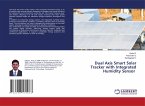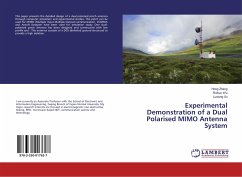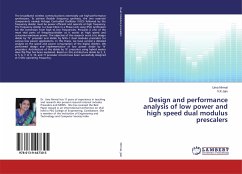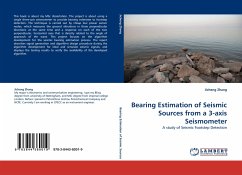Solar energy is clean as it does not emit any form of gases that harm the environment. The efficiency level of the best solar panel in the market nowadays alone is still considered low, but if there is a two-axis sun tracker controlling the solar panel, conversion efficiency is able to improve by about 40%. Difficulty arises when designing the mechanism of sun tracker that can provides high accuracy in the angle tilted by the sun tracker to keep the solar panel perpendicular to the direction of maximum sunlight intensity in order to maximize the current generated for charging purposes. In this project, we attempt to significantly reduce the amount of time required to complete a charging cycle with an intelligent dual- axis (altitude and azimuth angles) sun tracker movement. Monocrystalline solar panel is chosen and variable voltage regulator is used to be able to adjust the amount of charging voltage. Locking mechanism is designed to lock the position of the solar panel in the sun tracker for energy conservation. One full charging cycle from an empty 12V lead acid battery is achieved in just 10 hours 30 minutes on a cloudy day.
Bitte wählen Sie Ihr Anliegen aus.
Rechnungen
Retourenschein anfordern
Bestellstatus
Storno








